A Grayling is a fish in the taxonomic genus Thymallus. Researchers currently recognize at least 14 different species in this group. When someone refers to a fish in this group simply as a “Grayling,” they typically mean Thymallus thymallus. For this reason, this article will focus on that species. Read on to learn about the Grayling.
Description of the Grayling
This species has dark-colored silvery scales and an elongated torpedo-shaped body. It has a tall, sail-like dorsal fin on its back which often has red or purple hues. Its tail fin is forked in shape as well. The largest adults reach up to 24 in. long and weigh up to 15 lbs., but most individuals do not reach such impressive sizes.
Interesting Facts About the Grayling
These fish have several interesting traits and adaptations. Learn more about what makes them unique, below.
- Who’s in the Family – Researchers place this fish in the Salmonidae family. This means that the salmon, trout, char, and whitefish all hail as close cousins to this fish.
- Close Cousins – Speaking of close cousins, this species has a close relationship to the brown trout. Fishermen often catch these fish in the same river systems, and they share similar habitat preferences.
- Subtle Differences – Though they live in the same ecosystems, these two species frequently occupy different regions in the same river or stream. They feed on slightly different prey, and remain primarily within the current of the stream rather than the edges.
- Ecological Niche – The ability for two animals to use different parts of the same ecosystem means they have different ecological niches. This species fills one niche, feeding on slightly different prey and living in a slightly different area. Brown trout fill another niche, living in a different region of the river and hunting for different prey, allowing the two species to coexist without out-competing one another.
Habitat of the Grayling
You can find these fish primarily in freshwater habitats. However, some also range into brackish water, a mixture of salt and freshwater. Generally, this species prefers habitats with clean, clear water. They live in creeks, streams, and rivers with running currents. You can also sometimes find these fish in lakes, ponds, and other similar habitats.
Distribution of the Grayling
This species lives throughout Europe. Its range extends from the United Kingdom all the way to Russia. However, it occurs primarily in northern regions, and its populations do not extend into the southern portions of Europe. The southernmost extent of its range runs from Francel, through Serbia and Bulgaria.
Diet of the Grayling
The diet of this species varies based on where it lives and what food is available. They are omnivorous, which means that they eat both plant and animal matter. In addition to algae and underwater vegetation, it also feeds on insects, plankton, insect larvae, small fish, shrimp, crabs, and more.
Grayling and Human Interaction
Human activity impacts this species in varying ways. Fishermen target this species as a sport fish. In the past, people culled this fish, or killed them in large numbers, because they believed that the fish reduced the popular brown trout populations. Now that we know this is not true, the species has become an important part of sportfishing in parts of Europe.
This activity has not reduced the overall population numbers of this species. For this reason, the IUCN lists this species as Least Concern.
Domestication
Humans have not domesticated this fish species in any way.
Does the Grayling Make a Good Pet
No, these fish do not make good pets. They reach large sizes, and are not suitable for home aquariums.
Grayling Care
Some aquariums and research facilities house some threatened species to breed and raise small fry for release in the wild. In these cases, the fish live in suitable-sized habitats for their age, and graduate to large tanks based on their size. The aquarists feed younger fish microorganisms, and they feed larger prey to larger fish.
Behavior of the Grayling
You can find these fish living in groups known as schools or shoals. The schools congregate in the parts of the stream of creek with a moving current. They are particularly fond of deeper water, and do not feed at the surface of the water frequently. When the fish are younger, they congregate in shallower regions of streams and rivers.
Reproduction of the Grayling
These fish breed via spawning. While spawning, the female fish release their eggs, and the males release their sperm or milt, and fertilization occurs outside of the body. These fish reproduce in the spring, and move into shallower waters to breed. They do not protect their eggs or young in any way.

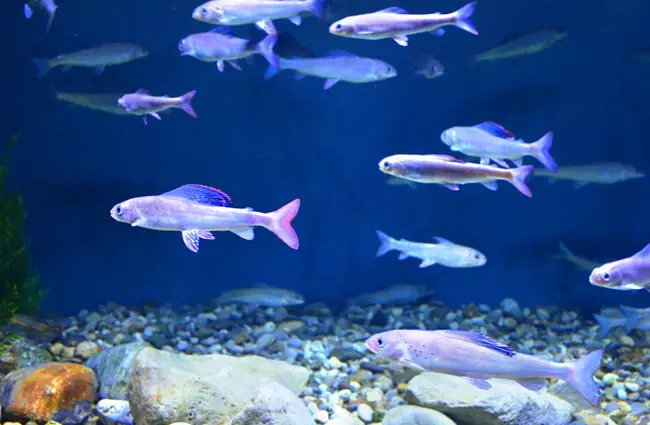

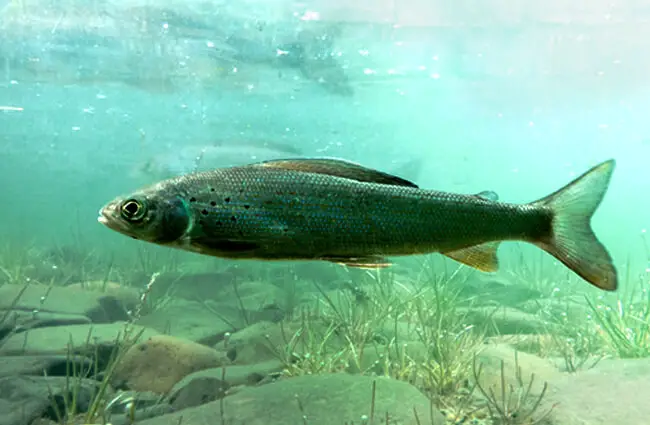
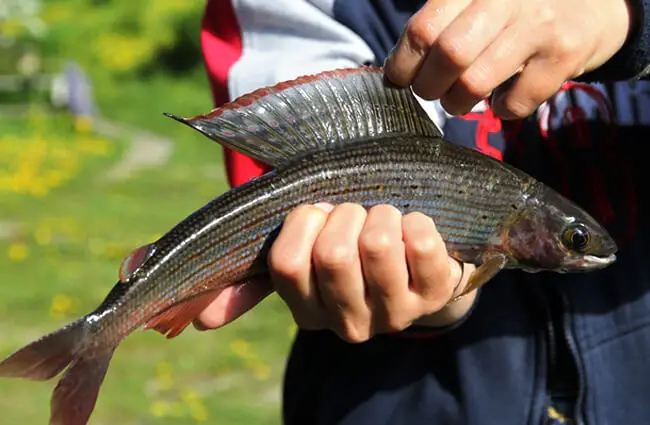
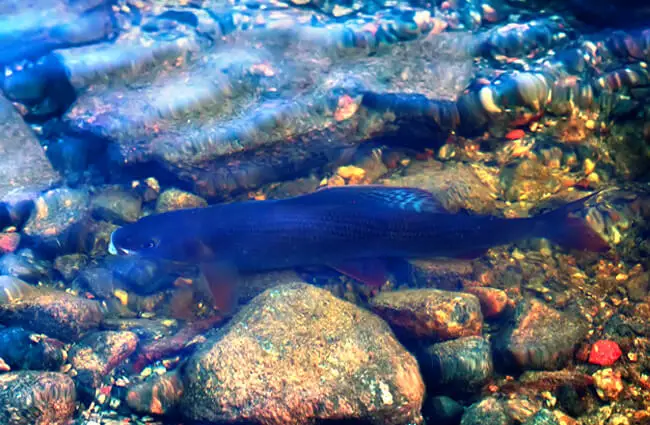

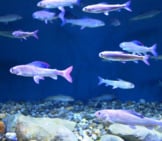


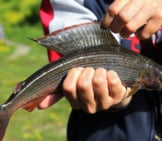
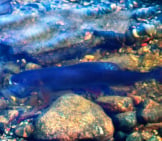
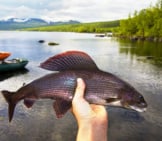
![Red Angus Closeup of a beautiful Red Angus cowPhoto by: U.S. Department of Agriculture [pubic domain]https://creativecommons.org/licenses/by/2.0/](https://animals.net/wp-content/uploads/2020/03/Red-Angus-4-238x178.jpg)












![Red Angus Closeup of a beautiful Red Angus cowPhoto by: U.S. Department of Agriculture [pubic domain]https://creativecommons.org/licenses/by/2.0/](https://animals.net/wp-content/uploads/2020/03/Red-Angus-4-100x75.jpg)

